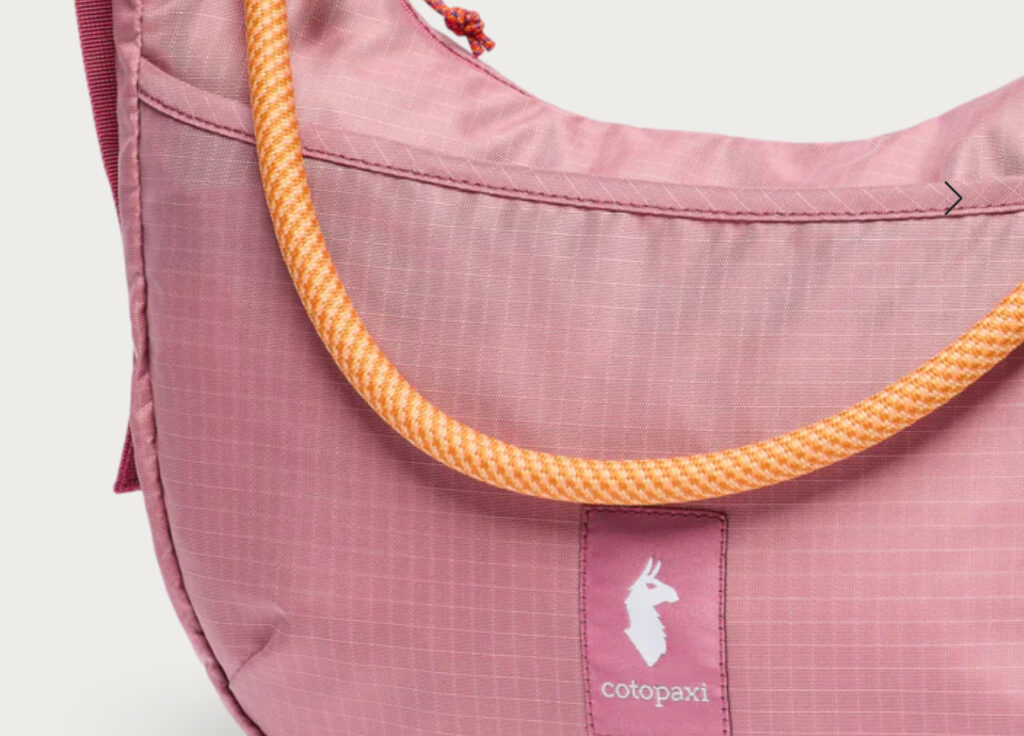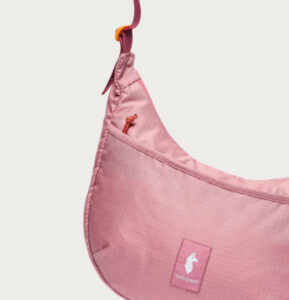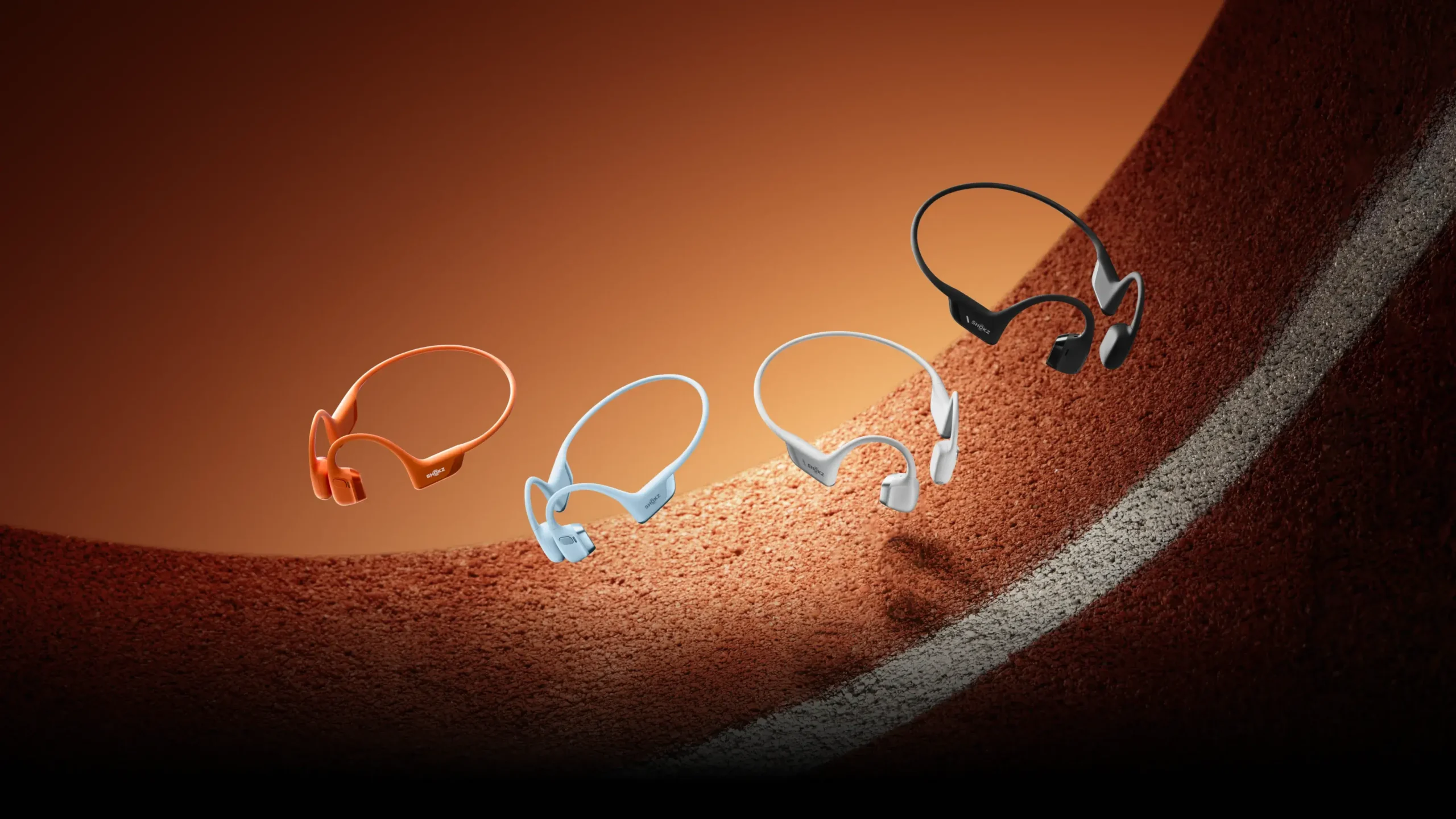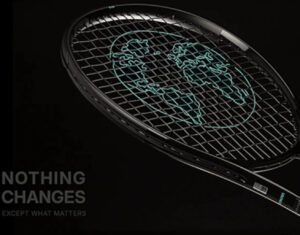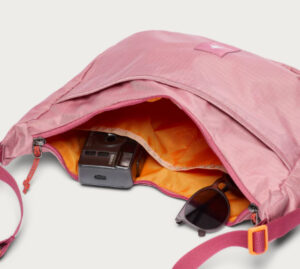
There are bags designed for destinations—and then there are those made for departures. The Trozo Shoulder Bag, with its signature climbing rope strap and modulated carry capacity, belongs firmly to the latter category. It doesn’t ask where you’re going. It trusts that you’ll need room for motion. In a culture that prizes arrival—check-ins, pins dropped, status updates—the Trozo celebrates the in-between. It’s a vessel for those who live not in itineraries, but in improvisation.
Either you’re tracing the arc of a spontaneous road trip, navigating weekend train platforms, or simply escaping the weekday circuit with nothing more than a scarf, a book, and a charger, the Trozo Shoulder Bag emerges as an honest companion. Not flashy. Not demanding. But ready. Always ready.
Built for Unscripted Days
The hallmark of a good weekender bag isn’t just how much it holds—it’s how intuitively it adapts. The Trozo’s construction revolves around a large, central compartment that feels just shy of cavernous. Room for your journal, a water bottle, a folded hoodie, a paperback, an extra tee, your sunglasses case, and that inevitable impulse item from the bodega. Nothing jostles. Everything belongs.
Two internal slip pockets offer quiet spatial discipline. Think of them not as organizers but as guardians—places for the essentials that get misplaced when adventure blurs the schedule: a passport, a pen, your wireless earbuds. There’s an external zippered accessory pocket for immediacy: gum, keys, lip balm, receipts from cities you’ll forget and rediscover.
It’s a bag for a life lived en route.
The Strap That Climbs
What distinguishes the Trozo from countless other shoulder bags is not merely its shape, but its suspension—specifically, the shoulder strap crafted from climbing rope. Not stylized rope. Actual, tactile, abrasion-tested climbing rope. The kind you’d trust on granite faces and belay lines. This detail is neither a gimmick nor a nod to faux-utility. It is the material truth of durability meeting design.
Because it is infinitely adjustable, the rope strap allows the Trozo to become what you need it to be: worn tight against the back while boarding a bike; hung loose and low across the hip for market browsing; thrown crossbody and knotted mid-strap for the long saunter from café to coastline. The strap doesn’t just support the bag—it makes a statement. This is a design that trusts movement.
The texture of the rope feels alive in the hand, warm from sun or friction. It recalls anchor knots, sailing lines, and the kind of makeshift security only a restless weekend demands. In a world of molded plastics and faux-smooth synthetics, the Trozo’s tactile honesty is refreshing. It doesn’t perform performance—it is performance.
Texture and Tone: Aesthetic Rooted in Travel
In terms of exterior material, the Trozo typically arrives in sturdy canvas, ballistic nylon, or weather-resistant blends. These aren’t glossy or attention-seeking surfaces; they are woven to hold scuffs gracefully, to absorb dust like denim, to change subtly with the season.
Colorways are travel-forward: deep forest greens, washed slates, ash blacks, and sun-bleached ochres. No neons, no branding warfare. Just tones that disappear into train cabins, hostel shelves, cargo trunks, and the passenger seat of that borrowed car.
It’s the kind of bag you’ll instinctively reach for—because it already looks like it’s been places.
Designed for Everyone, Owned by You
The Trozo transcends gendered fashion language. It belongs not to categories, but to character. Whether you’re wearing trousers and oxfords or trail pants and a band tee, the bag never looks out of place. It is clean-lined and context-fluid.
More than that, the Trozo has the rare ability to look better worn in. It accrues texture and memory. The rope strap might fray in beautiful places. The corners of the bag will soften with time. And that’s precisely the point: this isn’t a pristine trophy bag. It’s a container for stories.
The Weekend Unfolds
Picture this: It’s Friday at 4:12 p.m. You’ve decided, in that deliciously impulsive way, to disappear for 48 hours. You grab the Trozo. You don’t overthink it. A slim sweater, your favorite notebook, a weatherproof zip-up, your headphones, a tooth brush, charger, and snack. It all fits. It always fits.
By 6:30, you’re on a train—window seat, music playing. The Trozo rests on your lap like a trusted dog. You reach into the exterior pocket, unzip it without looking, and find your journal. Later, you’ll stuff it under your seat, and not worry. By morning, it’ll sit on the edge of a dock or beneath your legs at a hillside picnic. Sunday night, you’ll empty it onto your floor, pull the rope over a hook, and let it rest until next time.
Because there will be a next time. The Trozo assumes this. It was never meant to stay still.
Flow
In the end, the Trozo Shoulder Bag isn’t remarkable because of bells or buzz. It’s remarkable because it understands the cadence of lived weekends—the pleasure of departures, the quiet rituals of transit, the way we carry a little more than we need just in case. It understands that function is not just about what something does, but how it makes you feel while it’s doing it.
And for those of us who believe that a weekend away isn’t an escape, but a restoration—something sacred, something mundane, something necessary—the Trozo is not just a bag.
It’s part of the ritual.
No comments yet.

